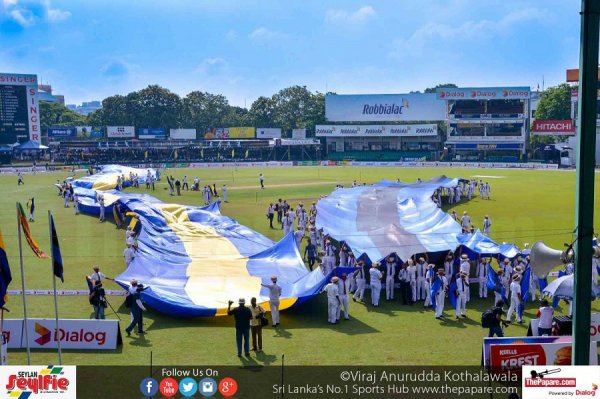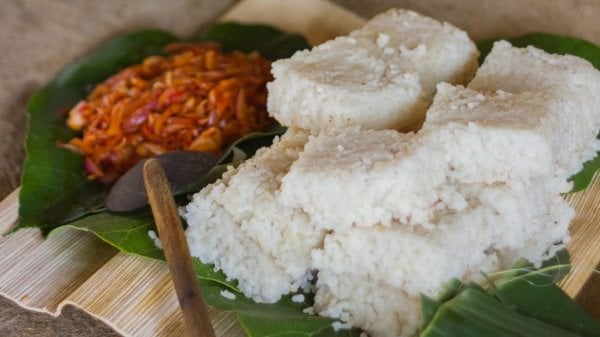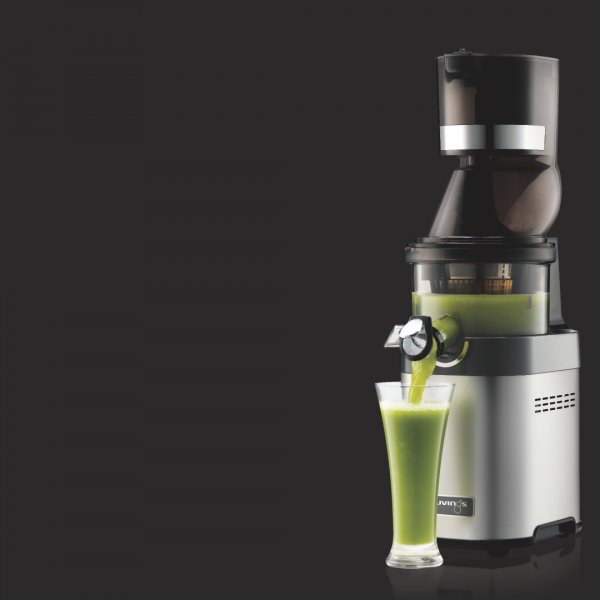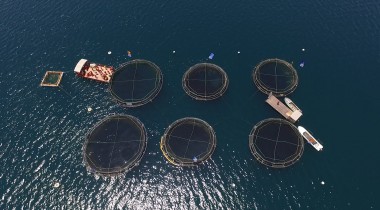
With sustainable means of farming and agriculture becoming a need of the hour and more than just a trend, as an island, and a people who love our seafood, we can’t afford to ignore the potential dwindling of our marine resources. Sri Lankans have, for as long as we know, depended on these resources for human consumption. The dedicated seafood restaurants, hotels, and cafés mushrooming around Colombo stand testament to a fondness for seafood, on the part of both locals as well as visitors to the country.
Keeping this in mind, we need to acknowledge that human needs are resulting in a definite pressure on the ecosystem—in this case, the marine ecosystem. It’s bad enough that human activity (in the form of destructive fishing methods, for instance) threatens existing marine resources.
But, as it turns out, there are ways to ensure a sustainable means of obtaining fish for consumption.
Sri Lanka’s First Foray Into Offshore Fish Farming

Barramundi, or Asian sea bass. Image courtesy Round Island
The solution, as one Sri Lankan organisation has successfully demonstrated, lies in marine aquaculture—which is basically offshore fish farming.
Out at sea in Trincomalee, lie floating cages which house a particular breed of fish. Barramundi (Asian sea bass)—or modha, as it is known in Sri Lanka—is a kind of white fish that local hotels and restaurants often like to serve. It is also commonly used in Thai, and some kinds of Indian, cuisine, and has become increasingly popular due to a series of health benefits associated with this fish.
The Round Island project operates by importing the fish from Australia shortly after they have hatched, and ‘growing’ them in these cages before harvesting them for local and overseas consumers.
According to Irfan Thassim, Founder/Managing Director of OceanPick (the company behind Round Island), modha is a breed available in the seas around Sri Lanka, but isn’t abundant in number, or always available on demand.
Explaining why his organisation was set up with the intention of bringing offshore fish farming to Sri Lanka, Thassim said that, “These fish are available in the wild, but wild stocks are a finite resource. You keep taking out what’s there without a care, and you end up with a fairly empty sea.”
He also pointed out that internationally, the demand for seafood consumption is met by catching wild stock, as well as complemented by aquaculture. Sri Lanka has lost out, he says, in that we lack a sustainable form of acquiring seafood—we get only a very small percentage of it by means of aquaculture.
Prawn farms on land are a good example of aquaculture. Round Island is the first project, however, to venture into offshore fish farming in Sri Lanka, and one of only a handful in the world that does so for Barramundi.
How It Works
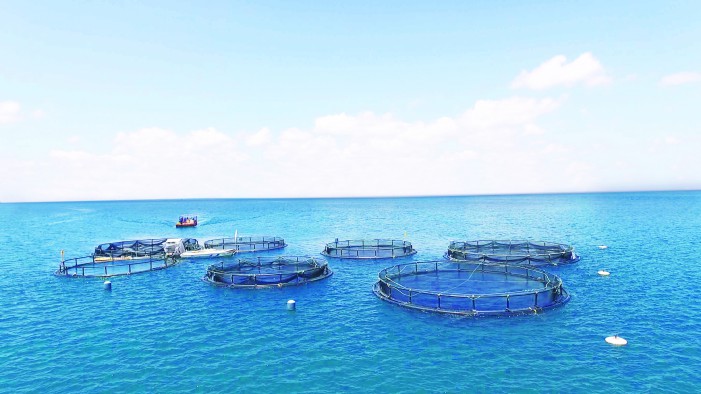
The floating cages where the fish are grown. Image courtesy Round Island
The fish are brought down from Australia early after hatching, and spend two months at Round Island’s nursery in Trincomalee, not far from the cages out at sea.
After this, they are transported out to the large, floating cages, where they will spend 10 to 24 months, until they grow into their full size. The cages are each attached to a round rig on the surface of the water, and extend fairly deep into the sea.
Expert divers check on the fish every day, monitoring growth and water conditions. According to the folks at Round Island, Trincomalee had been the best location for growing these fish, given the ideal conditions, in terms of water currents, salinity, oxygen levels and other relevant factors.
How Is Farmed Fish Different From Fish Caught At Sea?
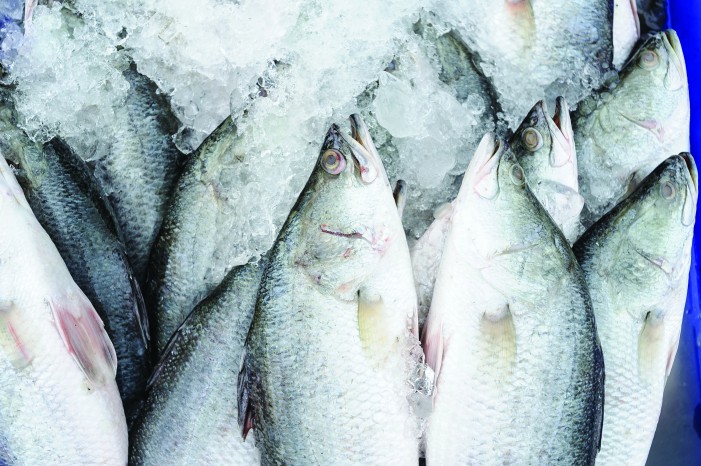
Fresh fish caught on demand. Image courtesy Round Island
The answer to this, Thassim says, is that customers can be assured of both quality and freshness. Unlike other forms of meat, there really is no knowing where exactly your seafood comes from, and under what conditions they have been stored—a problem that Round Island’s model can easily solve. They cater what they call “a high-quality marine product” for “consumers who are concerned about where their fish comes from.” In addition to this, Thassim pointed out, what they operate is a “harvest on demand” model, that allows customers access to really fresh seafood.
What’s more, the organisation assures that this freshness is maintained by having the fish “chilled” instead of frozen, until it reaches the consumer. So if an individual customer or restaurant/hotel wish to get their hands on some fresh modha, all they have to do is inform Round Island—and they could pick the fish out of the sea and have it transported on demand. If it is urgent, you also have the option of obtaining some from the stock they have delivered to Colombo every week.
Apart from safe, fresh fish, the project also claims to be good news for the environmentally conscious: so if you’re worried that your love for seafood is emptying out the sea, you now know that there are alternatives that don’t involve having to give up fish altogether.


